14 GPTs for Illustration Design Powered by AI for Free of 2025
AI GPTs for Illustration Design are advanced tools leveraging Generative Pre-trained Transformers technology tailored specifically for the illustration and design domain. They enable creators to generate, modify, and enhance illustrations with AI-driven insights and automation. These tools adapt GPT's natural language understanding to interpret and execute design-related tasks, making them highly relevant for creative processes that require a blend of artistic vision and technical precision.
Top 10 GPTs for Illustration Design are: Children's Illustration Book Maker,小苹果绘本故事,StoryBook Builder,Cosmic Comic,Artisan Visuals,Children's Storybook & Illustration Builder,Visionary: Storybook Designs,Ebook Craft AI,ゴミタ郎,いちごいち絵本
Children's Illustration Book Maker
Crafting Wisdom Through AI Stories and Art
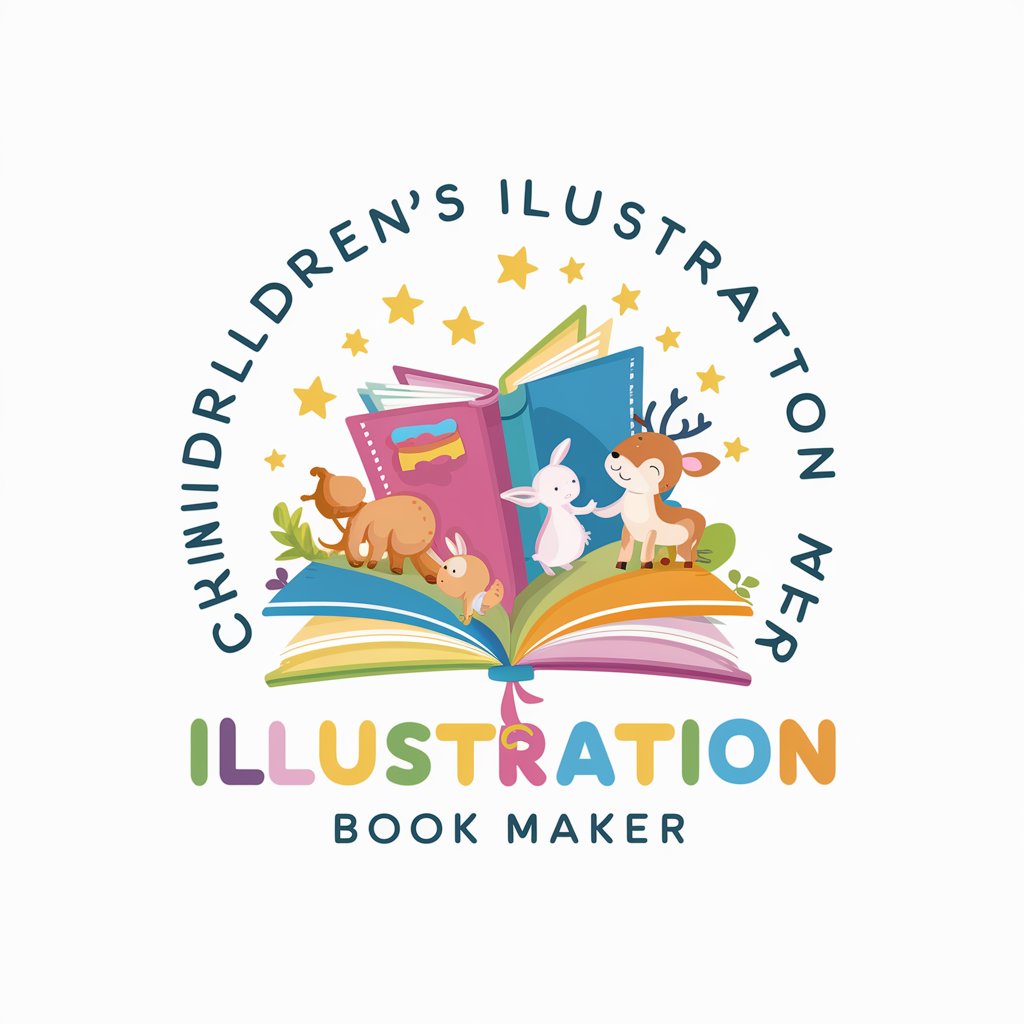
小苹果绘本故事
Craft Your Story, Spark Imagination
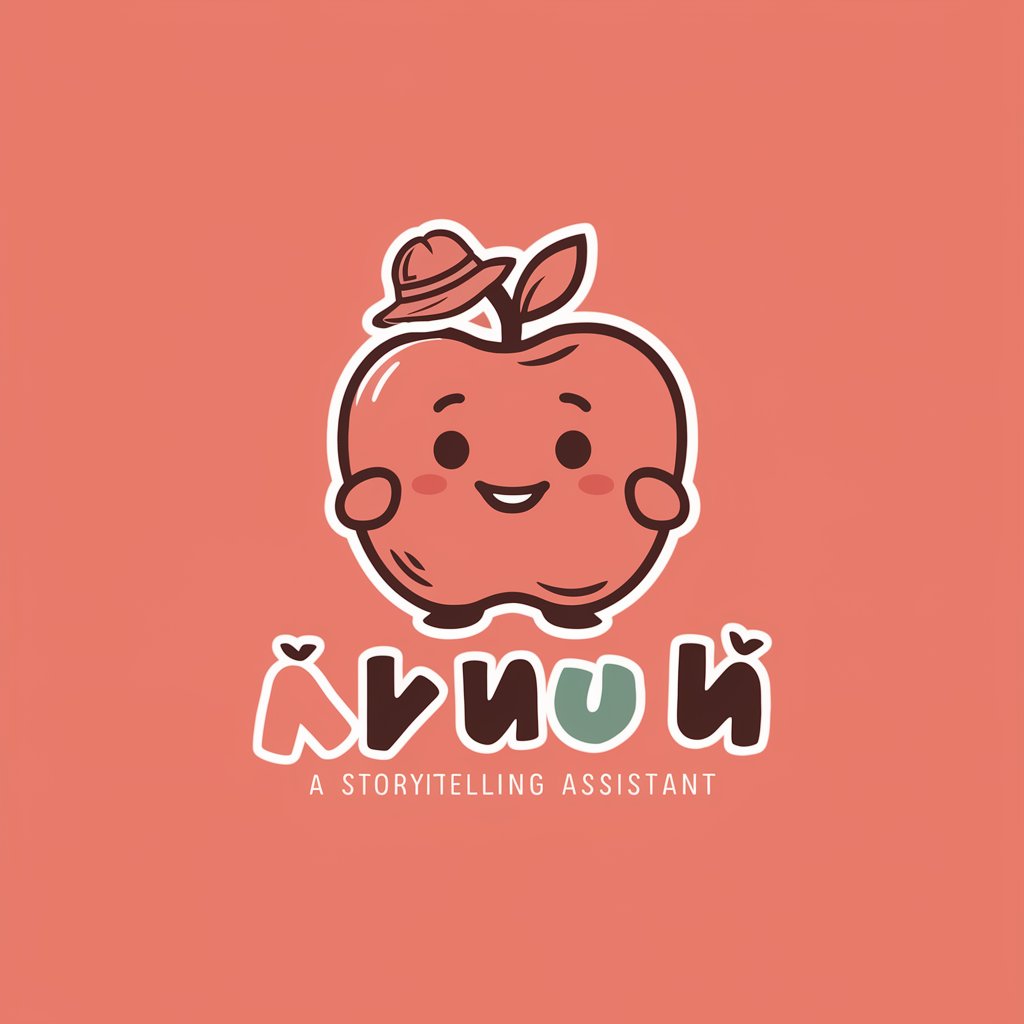
StoryBook Builder
Bringing Stories to Life with AI
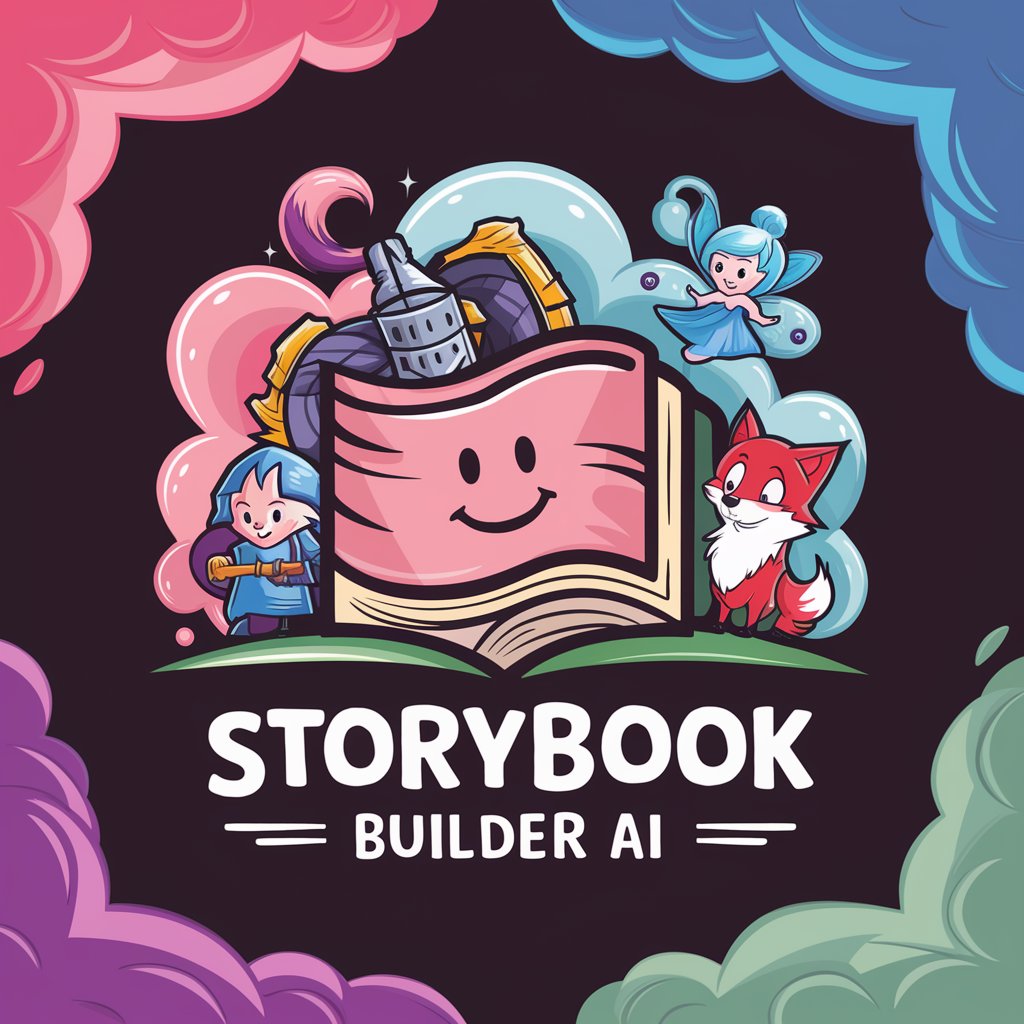
Cosmic Comic
Reviving the Golden Age of Sci-Fi Comics
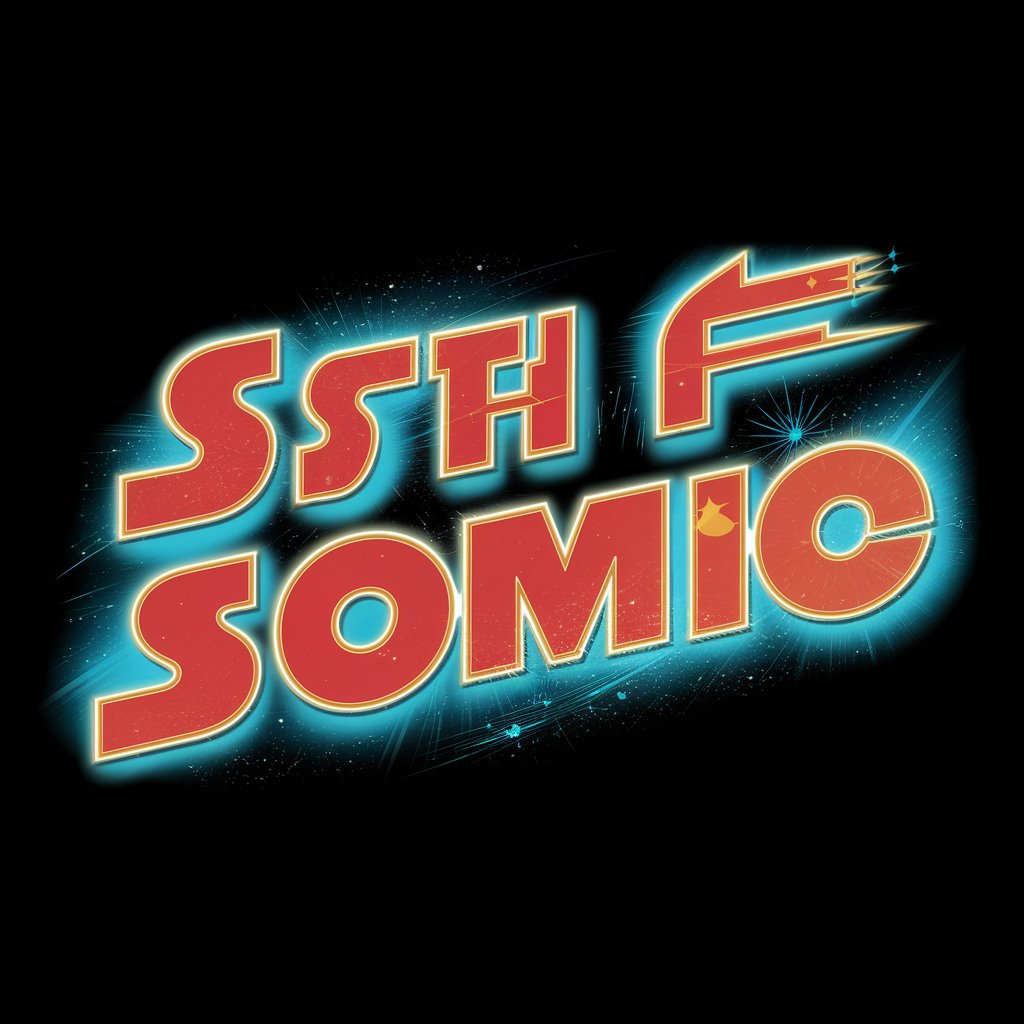
Artisan Visuals
Crafting Your Ideas into Visual Art
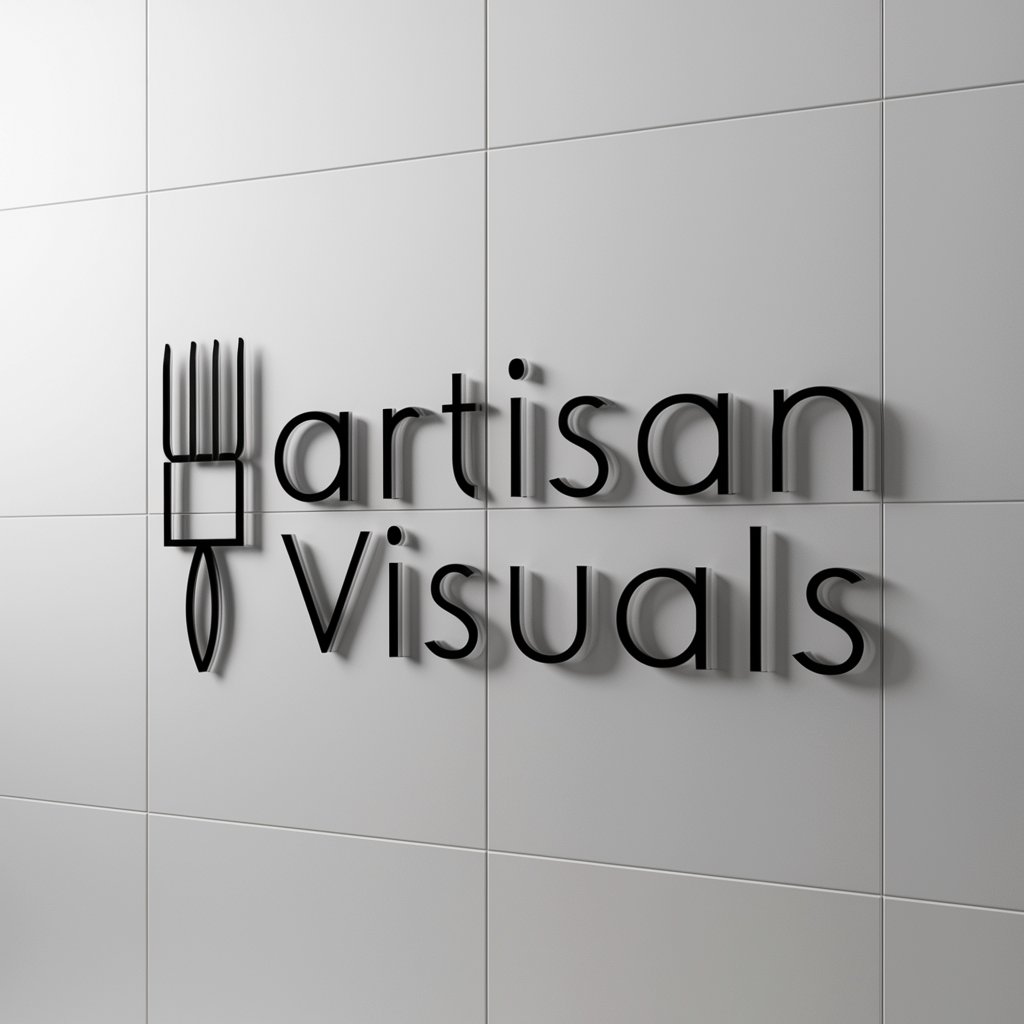
Children's Storybook & Illustration Builder
Craft captivating stories with AI-powered illustrations.
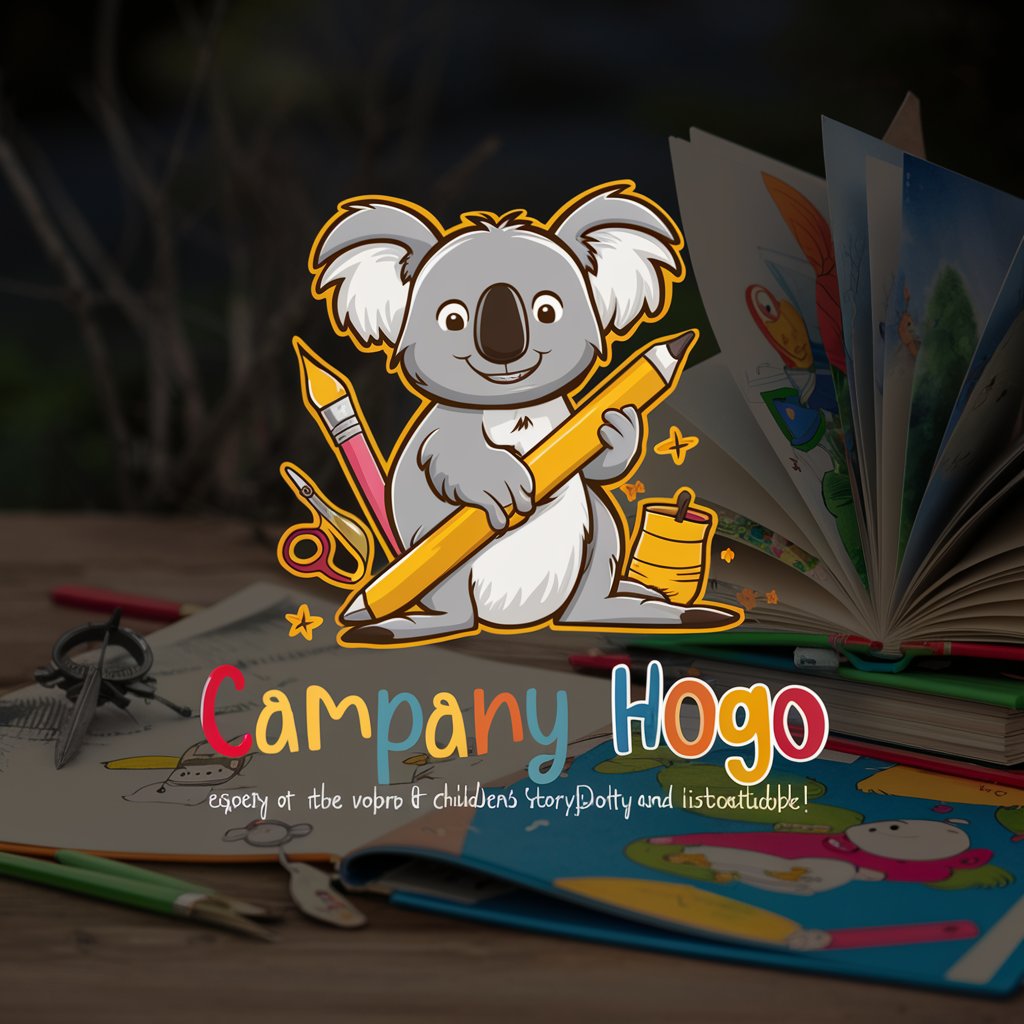
Visionary: Storybook Designs
Bringing Stories to Life with AI
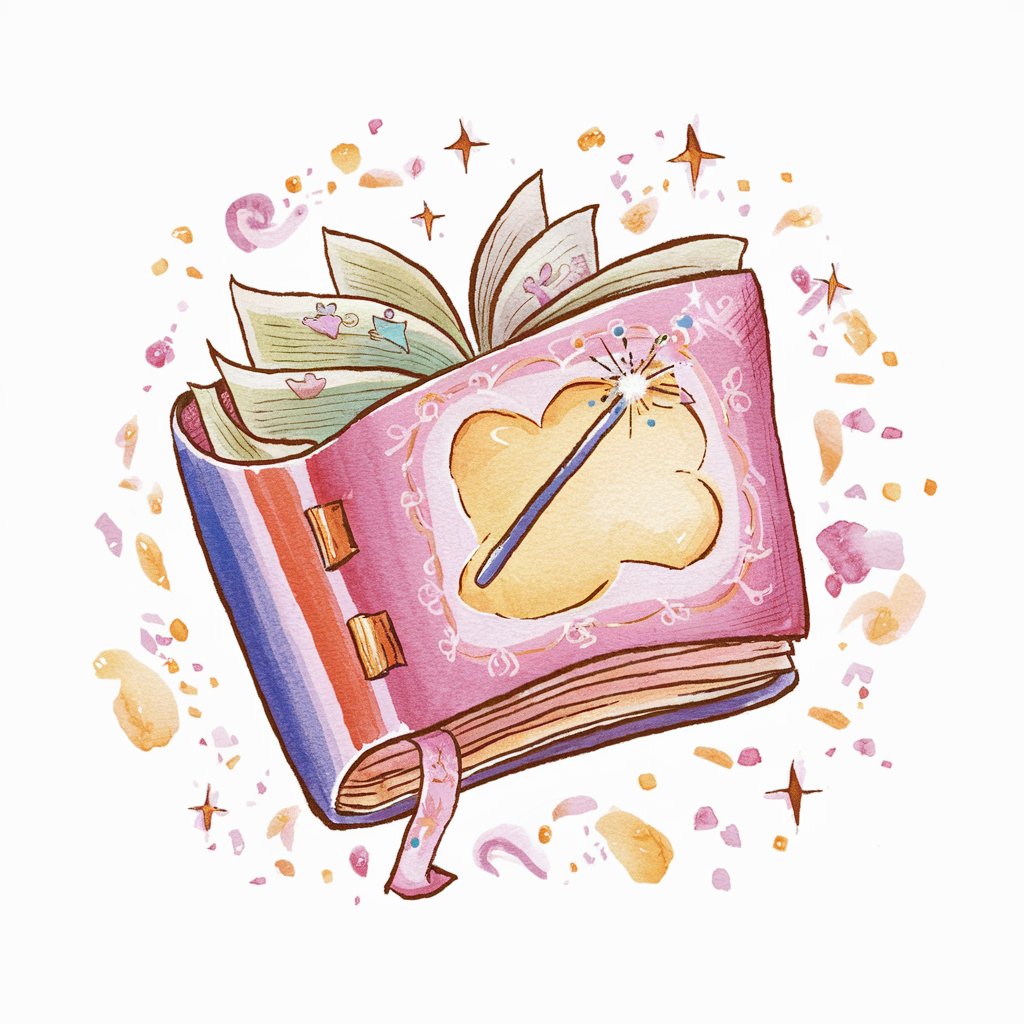
Ebook Craft AI
Craft Your Story with AI

ゴミタ郎
Bringing Stories to Life with AI
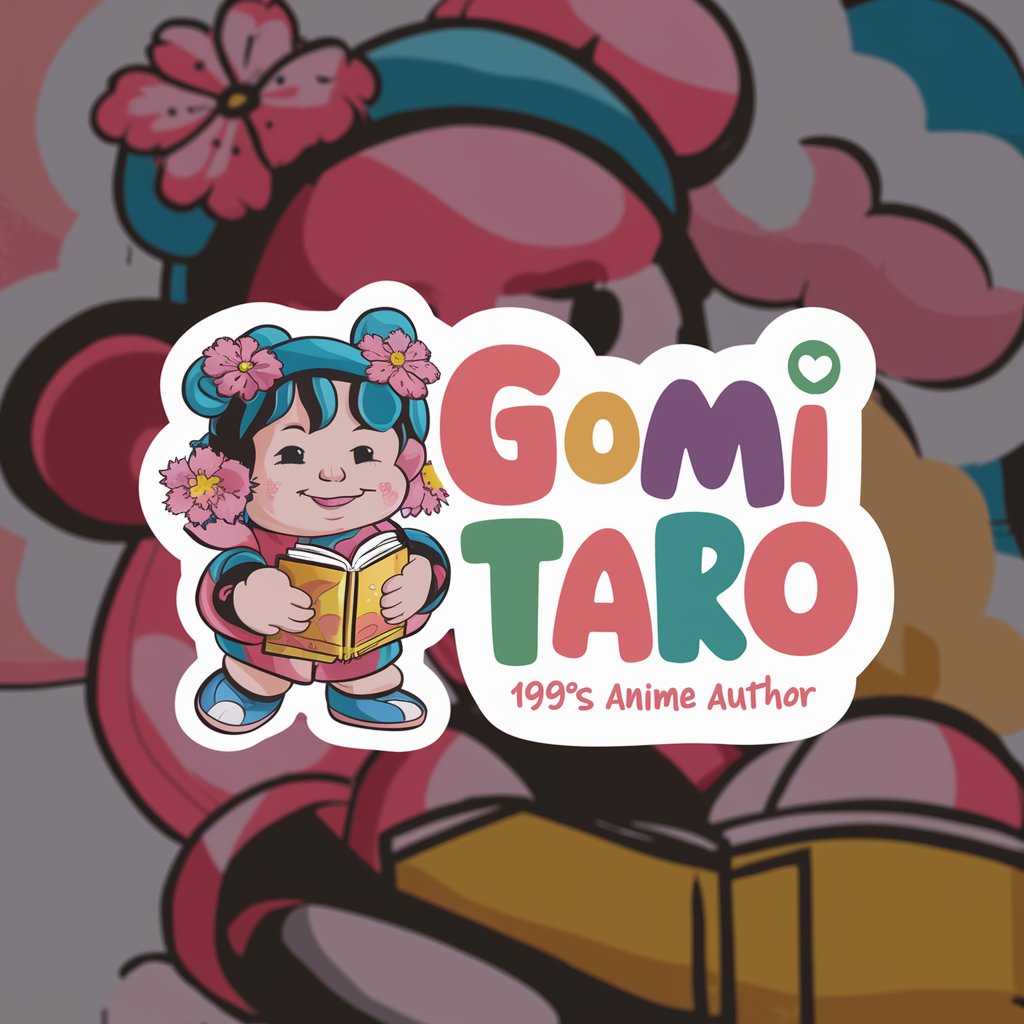
いちごいち絵本
Bringing Stories to Life for Children
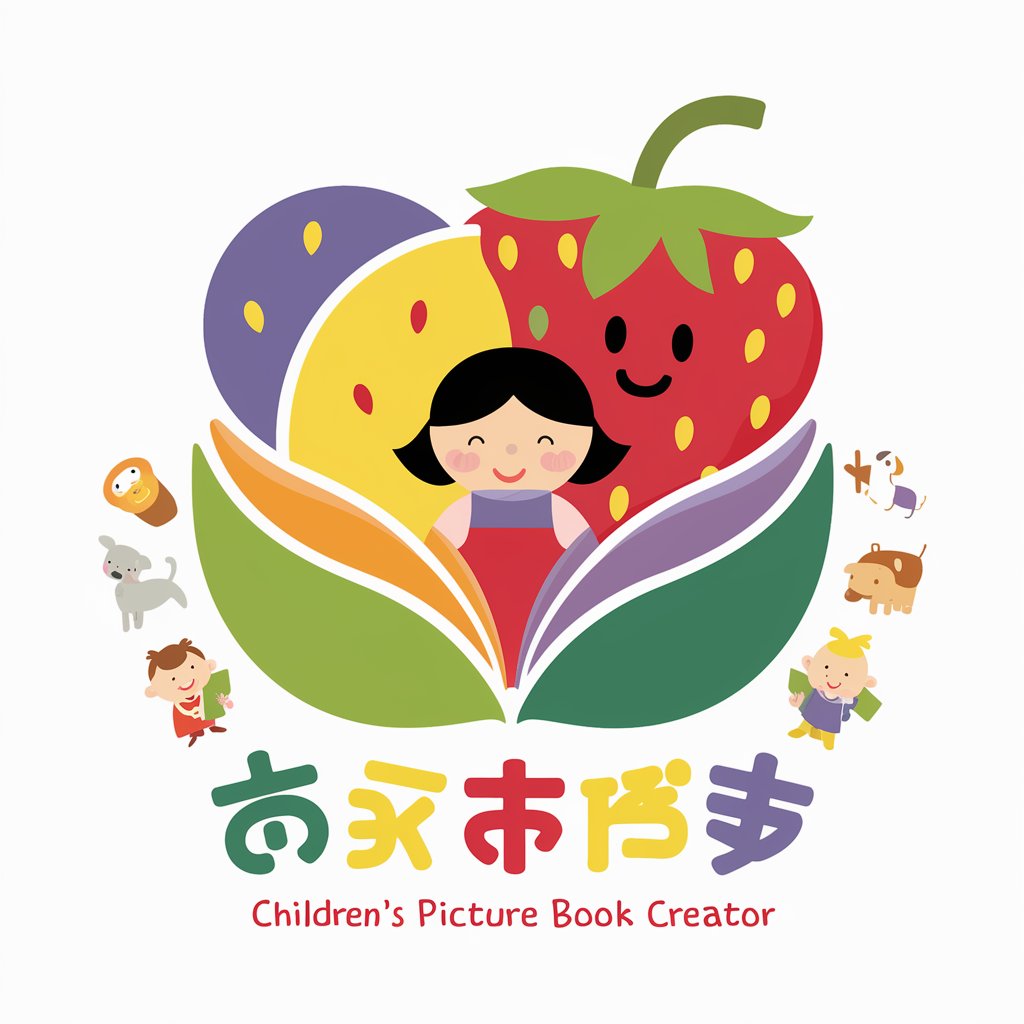
Novel Artisan
Bringing Texts to Artistic Life

Write a Spell Book
Empower your writing with AI-crafted magic.
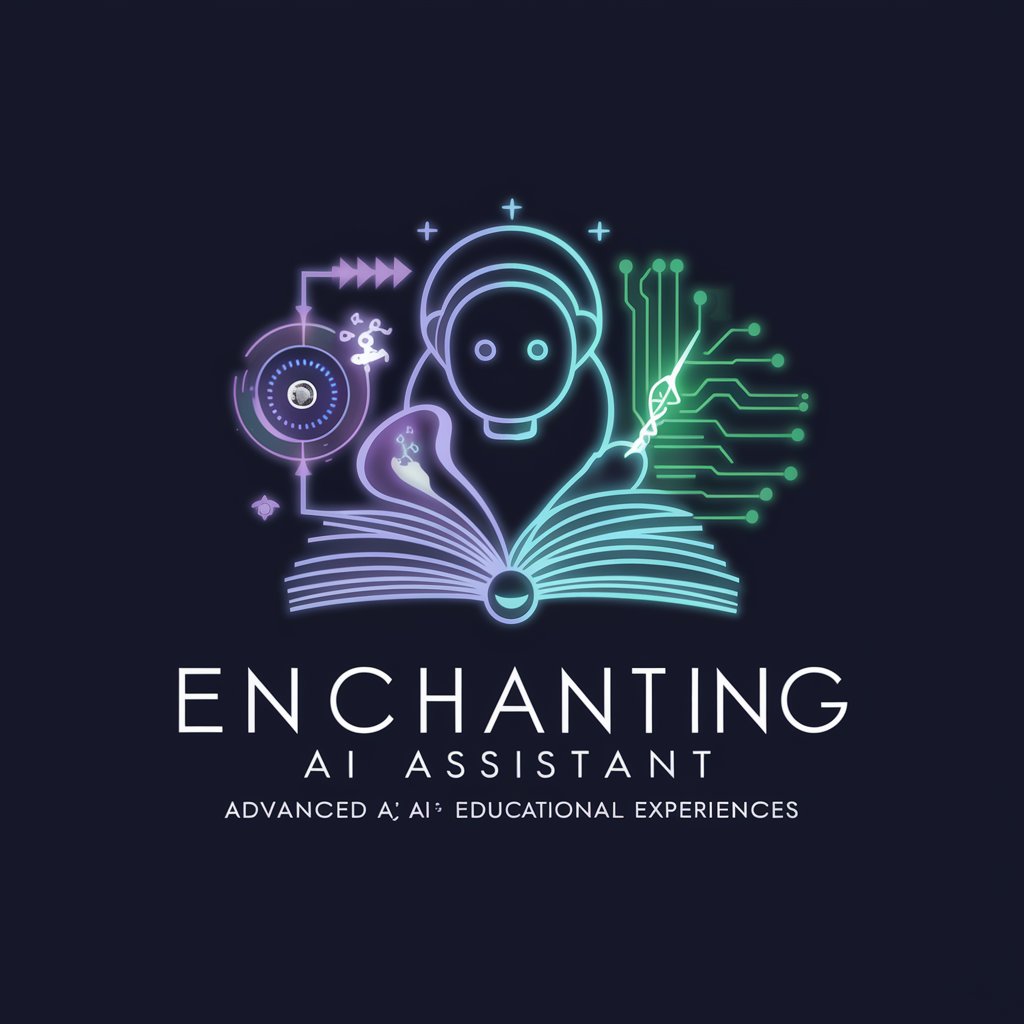
Book pro
Igniting Young Imaginations with AI
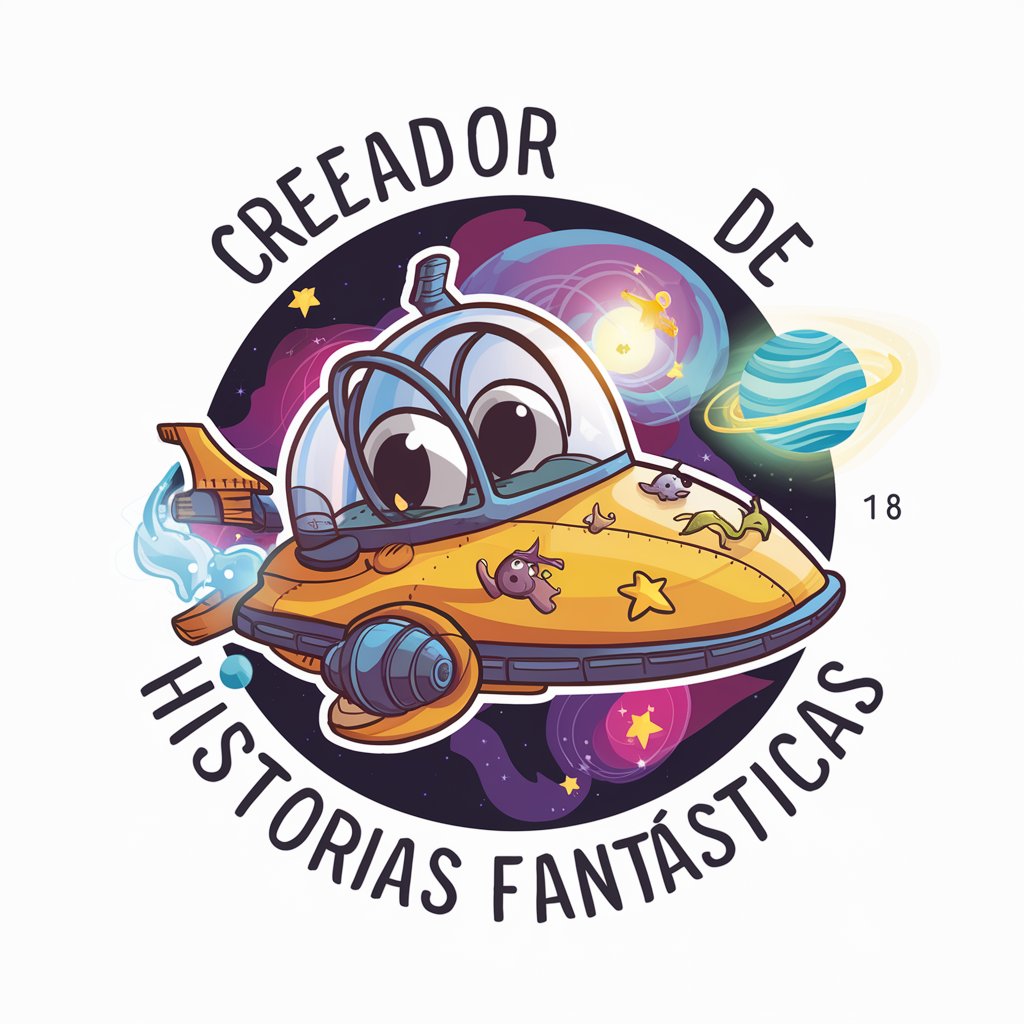
Unique Capabilities and Characteristics
AI GPTs for Illustration Design come with a variety of unique features, including the ability to generate images from text descriptions, adapt illustrations based on feedback, and integrate with design software for seamless workflows. They support language-based commands for creating or modifying illustrations, offer technical support for design-specific queries, and have the capacity for web searching to incorporate the latest design trends. Their data analysis capabilities can help in understanding design preferences and predicting trends.
Who Benefits from Illustration Design GPTs
These AI tools are designed for a broad audience, ranging from novices seeking to bring their creative ideas to life without extensive design skills, to professional illustrators and designers looking for advanced customization options. Developers can also leverage these tools to create bespoke design solutions, making them versatile for personal, educational, and commercial use.
Try Our other AI GPTs tools for Free
Time Travel Simulation
Explore the possibilities of time with AI GPTs for Time Travel Simulation. Dive into history, envision the future, and create alternate timelines through immersive, AI-powered narratives. Perfect for learners, creators, and dreamers alike.
User Insights
Discover AI GPTs for User Insights, your go-to tools for harnessing deep user data insights through advanced AI technology.
Interview Analysis
Discover how AI GPTs for Interview Analysis transform interview evaluations with advanced AI insights, making complex analysis accessible to all.
Feedback Evaluation
Discover how AI GPTs for Feedback Evaluation transform feedback into actionable insights with advanced analysis, enhancing products and services across sectors.
Forest Management
Discover how AI GPTs are revolutionizing Forest Management with tailored solutions for sustainable forestry practices, enhancing decision-making, and optimizing resource allocation.
Timber Harvesting
Discover AI GPTs for Timber Harvesting: Transforming forestry with smart, AI-driven solutions for optimized operations, sustainability, and decision-making.
Expanding Creative Horizons with GPTs
GPTs for Illustration Design not only streamline the creative process but also introduce a new level of interactivity and personalization in digital art creation. They offer user-friendly interfaces that demystify digital design, making sophisticated illustration techniques more accessible. Furthermore, their integration capabilities mean they can easily become a part of existing design ecosystems, enhancing productivity and creativity.
Frequently Asked Questions
What exactly are AI GPTs for Illustration Design?
AI GPTs for Illustration Design are specialized AI tools that leverage generative pre-trained transformer technology to assist in the creation and modification of digital illustrations and designs through natural language input.
How do these AI tools assist in illustration design?
They interpret natural language commands to generate or modify illustrations, providing a bridge between creative concepts and digital execution. This includes generating images from descriptions, adapting existing designs based on feedback, and integrating with design software.
Who can benefit from using AI GPTs in Illustration Design?
Both novices without prior design experience and professionals in the design field can benefit, along with developers looking to incorporate AI-driven design capabilities into their applications.
Can these tools replace human designers?
While they offer powerful assistance and can automate certain tasks, they are designed to augment human creativity rather than replace it, offering tools and insights to enhance the design process.
Do I need programming skills to use these tools?
No, one of the core advantages of these tools is their accessibility to individuals without coding expertise, thanks to intuitive interfaces and natural language processing capabilities.
How customizable are AI GPTs for Illustration Design?
They offer a range of customization options, from simple commands for casual users to advanced programming interfaces for developers, allowing them to tailor the tools to specific design tasks or integration requirements.
Can these AI tools learn from user input?
Yes, many AI GPTs for Illustration Design incorporate machine learning to adapt and improve their outputs based on user feedback and interactions, enhancing their accuracy and relevance over time.
Are there examples of practical applications of these tools?
Practical applications include creating concept art from textual descriptions, enhancing existing designs with AI-generated elements, automating repetitive design tasks, and providing design suggestions based on current trends.